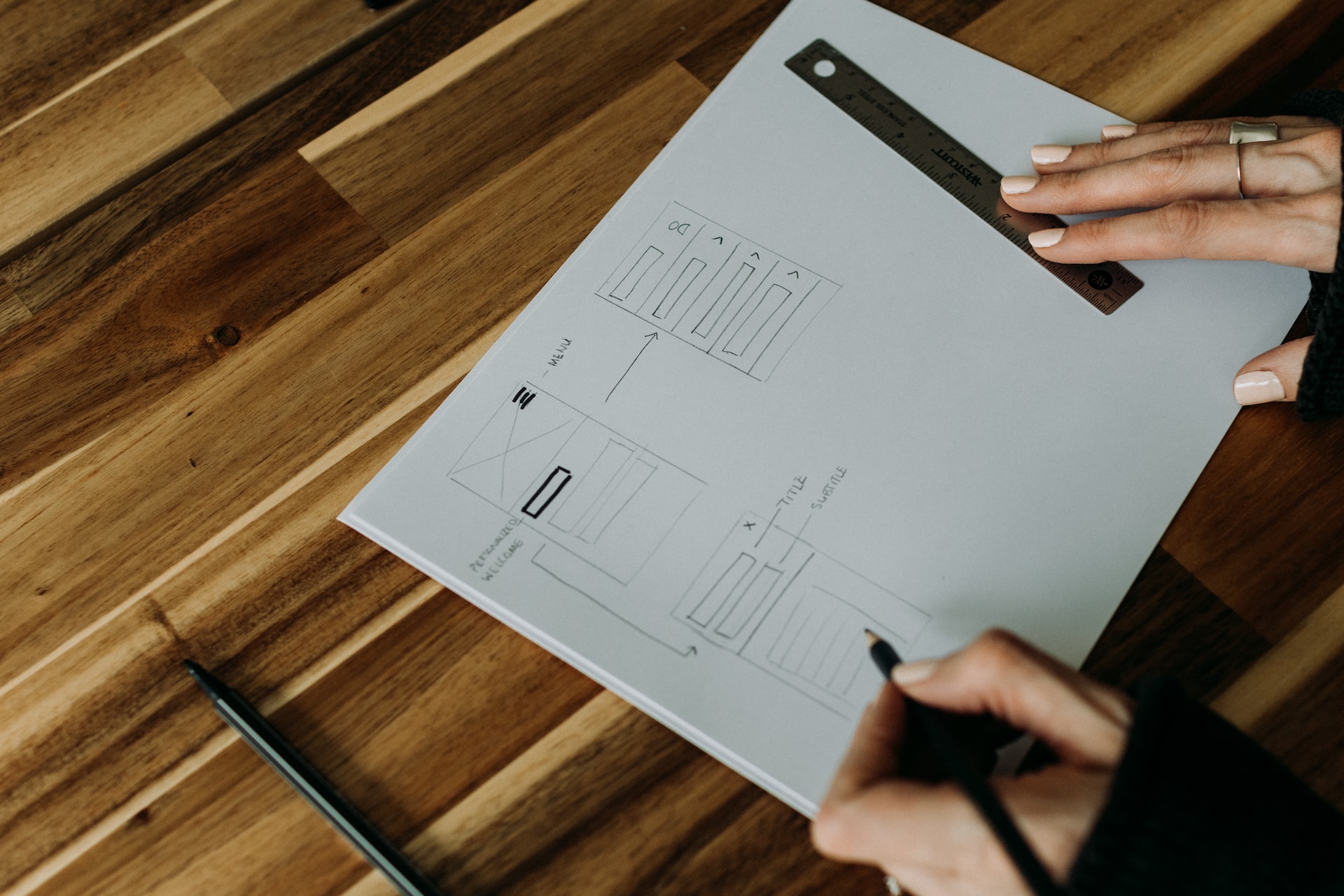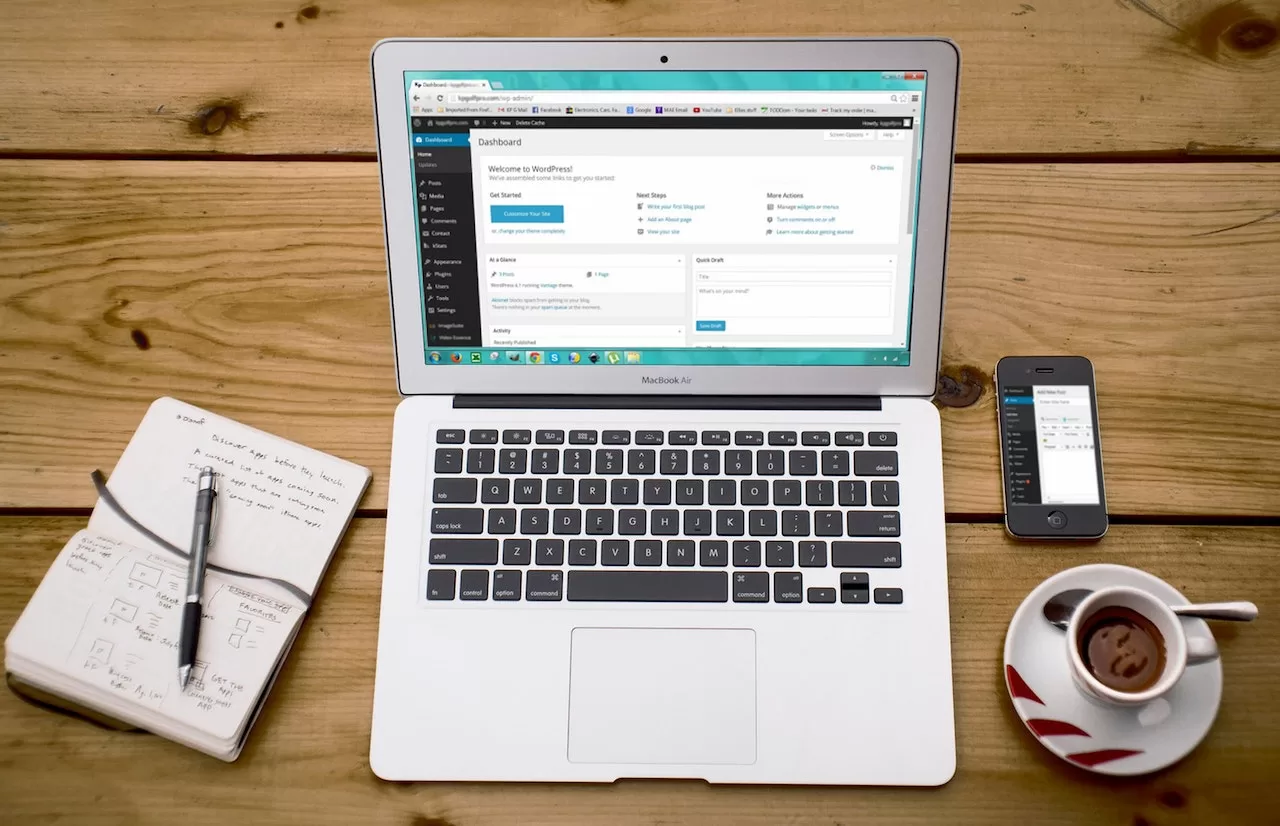The Role of A/B Testing in Web Design and Development
March 28, 2023
Top 6 Ways to Redesign Your Website UX
March 15, 2023
Top 5 WordPress Themes for Professional Business Websites
February 28, 2023
What is the role of UX in responsive web design?
February 22, 2023
7 Surefire Ways to Speed Up Your Webpage for Better UX & UI
February 6, 2023
JPEG VS PNG: Which One Should You Use?
December 29, 2022









